There's a lot of Dead Cells in The Rogue Prince of Persia
The Empire strikes back.
My half-hour spent playing The Rogue Prince of Persia felt a bit like coming home. And not particularly because of the Prince of Persia bit, if I'm honest. I still love the Prince, but I also appreciate that they feel like Ubisoft's new minister without portfolio at the moment: they're a little unmoored, and they go where they're needed. They're willing to drop into a Metroidvania for The Lost Crown or, in the case of The Rogue, a roguelike or roguelite. The Prince sits around at Ubi HQ, possibly in one of the nicer cubicles, and bounces from one project to another, with no idea of what's next. Probably not a bad life, really.
No, The Rogue Prince of Persia felt like coming home because it's the new game from Evil Empire. I've had a quick dig through the clippings this morning and from what I can gather, this was the studio spun-off by Motion Twin to look after its own roguelite Dead Cells while the core studio got on with the next thing - which is, unhelpfully if you're hoping for a clear, uncluttered narrative, another roguey game called Windblown. After handling Dead Cells for a few years, Evil Empire apparently had a bit of a road map left for it, but then this February it was announced that work had ended on the game - a move that former Dead Cells lead Sébastien Benard suggested was Motion Twin trying to give Windblown a bit of roomAct for itself.
Follow that? The important thing is that Evil Empire is back with The Rogue of Prince of Persia, and if you're coming to this game from Dead Cells you're going to feel very comfortable. The flow of the game feels similar, with procedurally generated levels - they're 2D and often come with a lot of verticality - regularly studded with unlockable fast travel points. And combat feels familiar, too. It's fast and sharp, and your big challenge is frequently management of three or four enemies, meaning you have to have a keen sense of when to run straight in, and when to slip past someone and attack the person behind them.
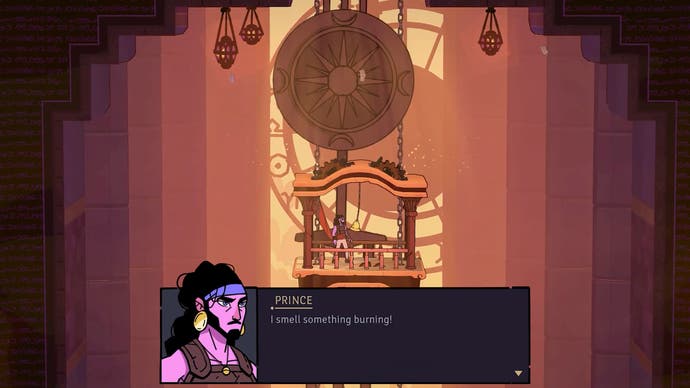
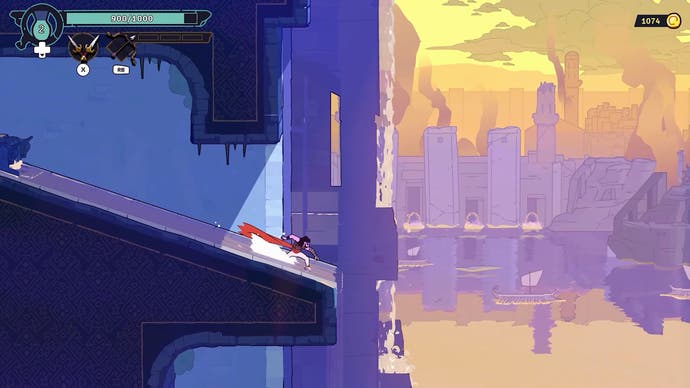
Yes, the art style has changed, with brisk euro-comic book stylings replacing the lovely fidgety deckle-edged Dead Cells look, but I warmed to the Prince's appearance pretty quickly. Foregrounds are readable yet still evocative - you can see the strata in stone and the shimmer on the surface of water - and the backgrounds do a decent job of telling the story, as the reckless hero moves from creamy dawn desert light to a ruined city with toppled buildings and wreckage that is still smoking, following an invasion of some kind. So all told, for thirty minutes, I was very happy. It's Dead Cells, but also there are these moments when you get something new. It's a remixed Cadbury's bar where the chocolate is studded with popping candy.
What it definitely gets from Dead Cells is an enviable forward momentum. The Prince is all leanness and athleticism, decked out like a modern Olympian but with a bright red sash that flows out behind him and highlights his swiftness, his elegance. Alongside jumping and mantling, the Prince can wall-run and hop from little spars of wood, and the game chains this stuff together beautifully, offering traversal puzzles that, somehow, retain a sense of coherency and authorship despite the procedural scrambling. You'll wall-run then jump for a distant ledge, drop down, slide, jump at the end to avoid spikes, narrowly duck a chugging saw-blade and wall-run on. Such energy, and the little moments of the animation really sell it all. I particularly love when the Prince gets a health boost from a drinking fountain, and for a second or two he just bounces on his toes on the spot. Even in the still moments he is consumed by movement.
And movement flows straight through combat, with one weapon for melee and a ranged offering that is charged by doing damage. Enemies group and clump quite often, and alongside the ability to slide past them to get an opening, you can also dodge, which sees the prince performing an airy backflip, a hint of hand on enemy shoulder to it, almost polite. Shielded enemies need an extra shoeing and bomb-lobbers hang back to attack, with their damage areas highlighted by a circle with a stitched circumference. Weapons, meanwhile, can be swapped in and out as you find new ones. Better twin-knives? A saber instead? Fancy a chakram instead of a bow?
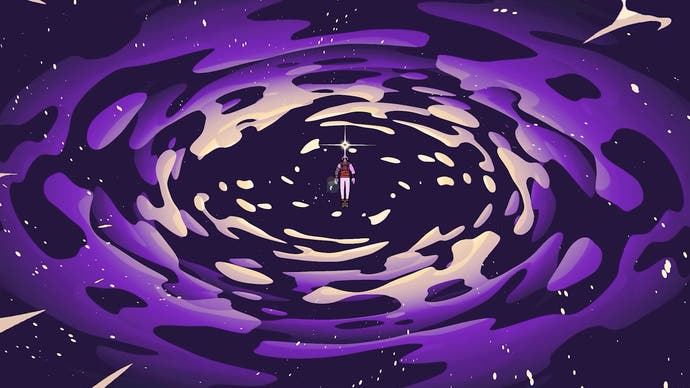
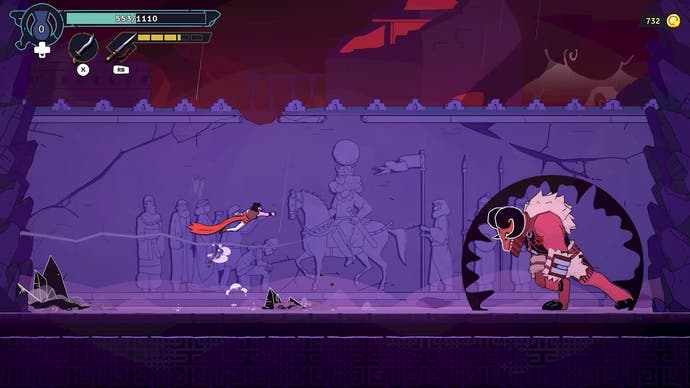
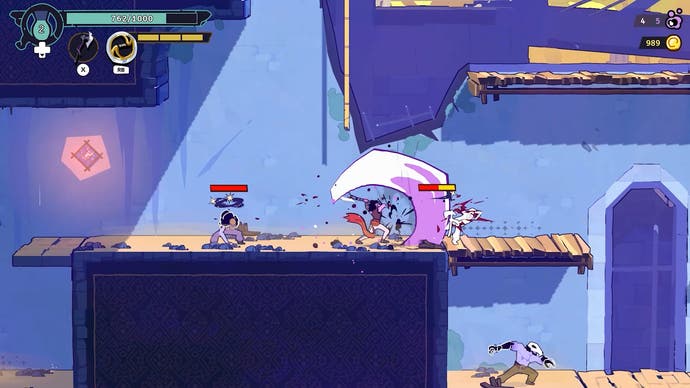
The more I type, the harder it is to disentangle what's Dead Cells and what's new. I know the wallrunning is new here, but that trick of offering new weapons as a choice feels like Dead Cells, as does a range of perks that might see you oozing poisoned gas when you've taken damage. The kick feels new - it's great, either stunning foes or knocking them off ledges into spikes - but is it or am I mistaken? I definitely remember the way that foes explode into loot when they're killed.
Here's the thing. To get an answer to these questions, I'd need to load up Dead Cells again, and that would inevitably mean losing the rest of the day to it and missing various deadlines and school runs and that sort of thing. What I can say, thinking back to my half-hour of playing The Rogue Prince of Persia, is that I can see myself losing days here, too, once its early access release kicks off.
.png?width=690&quality=75&format=jpg&auto=webp)
